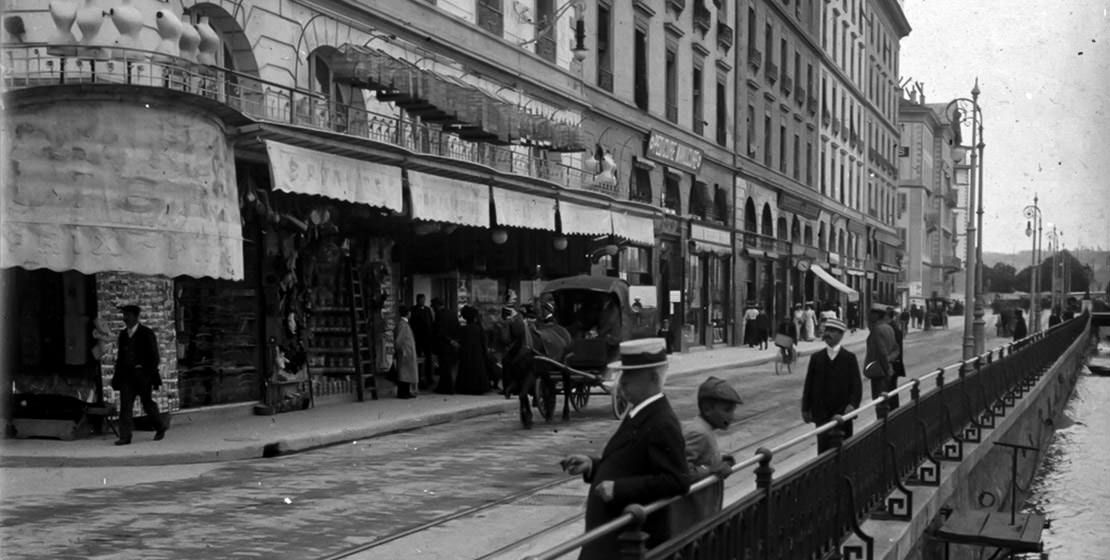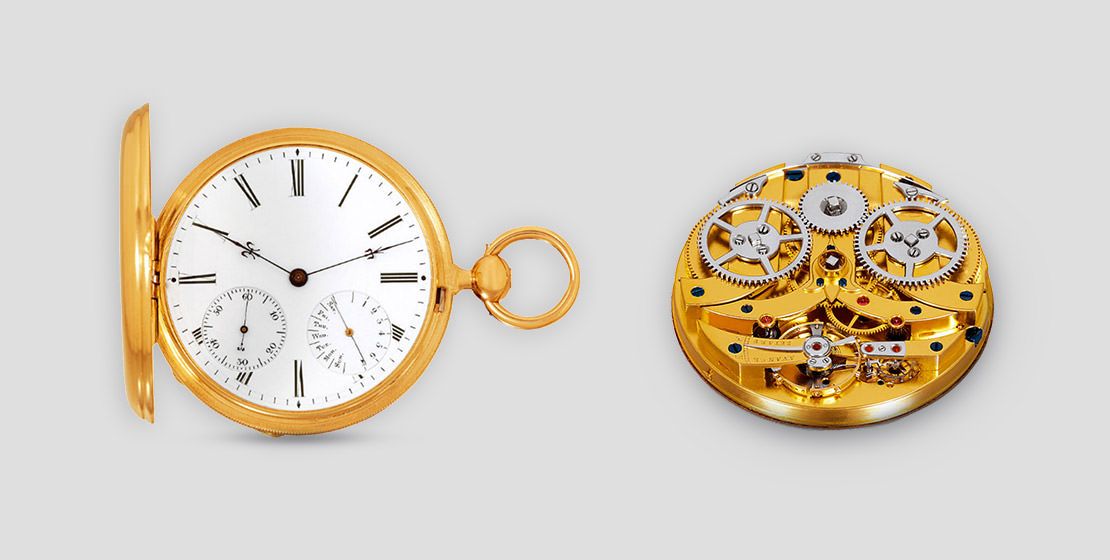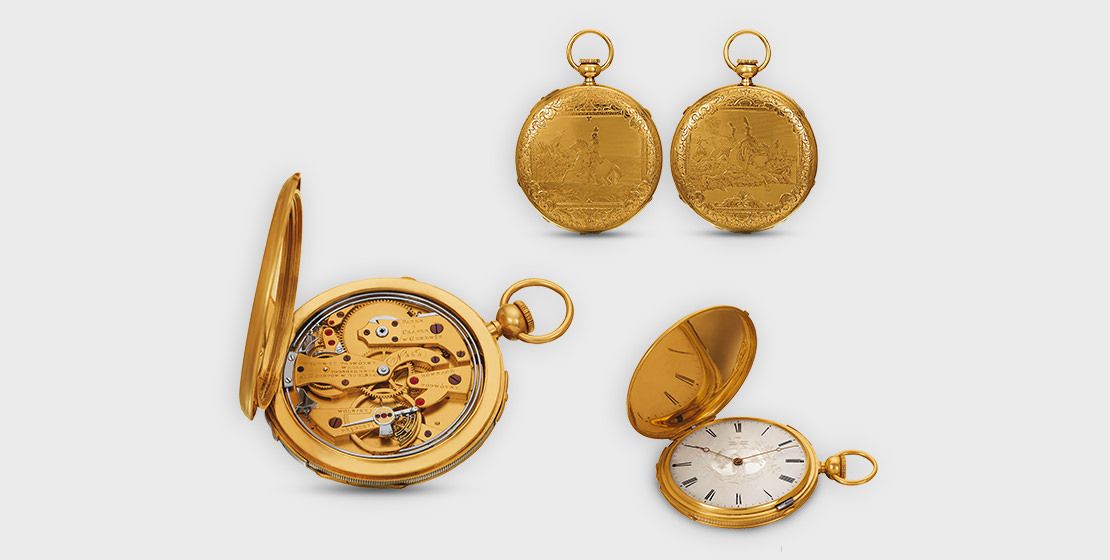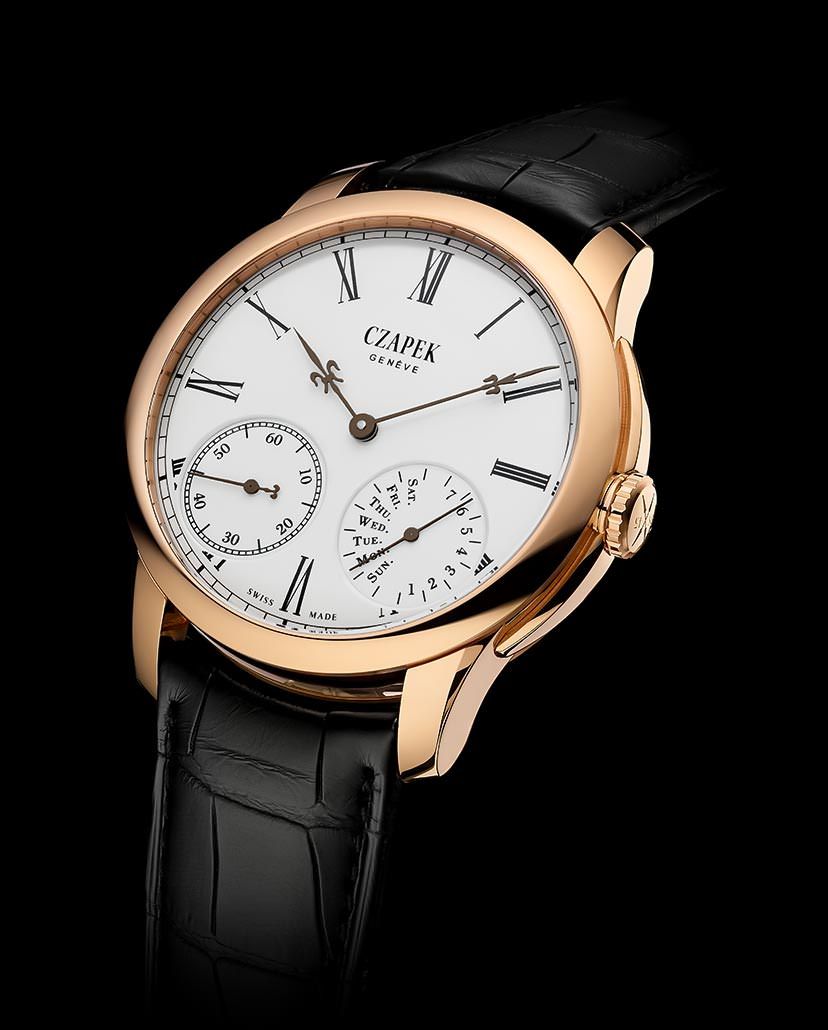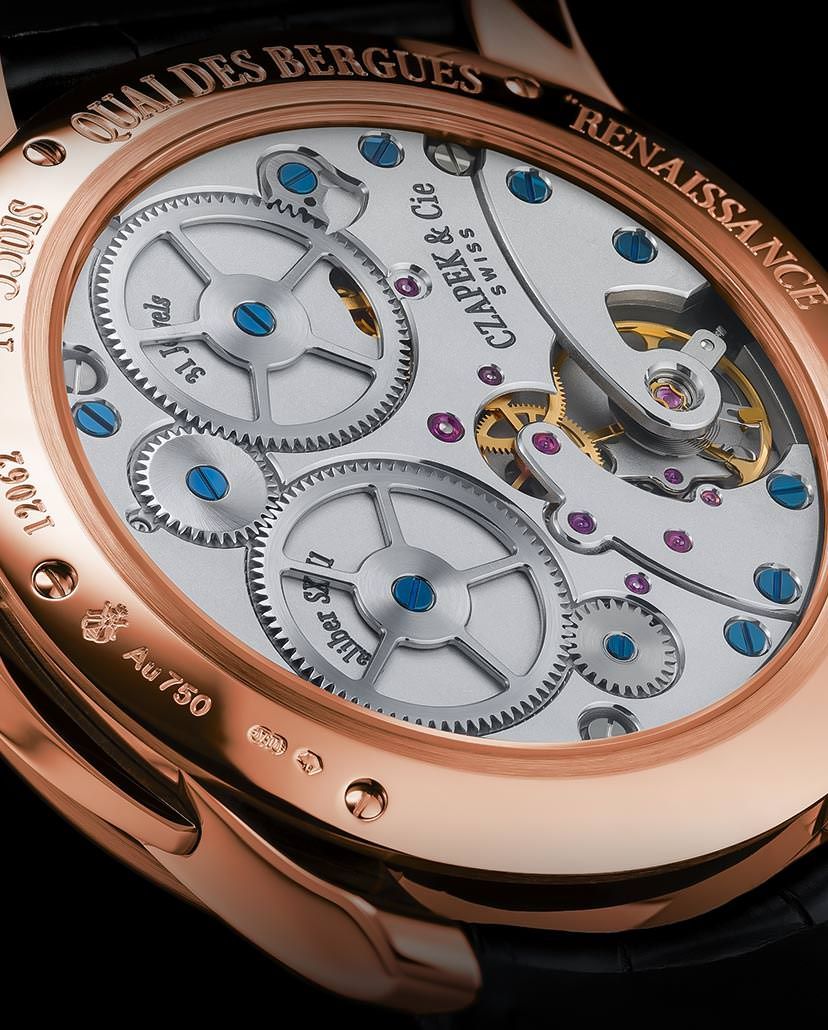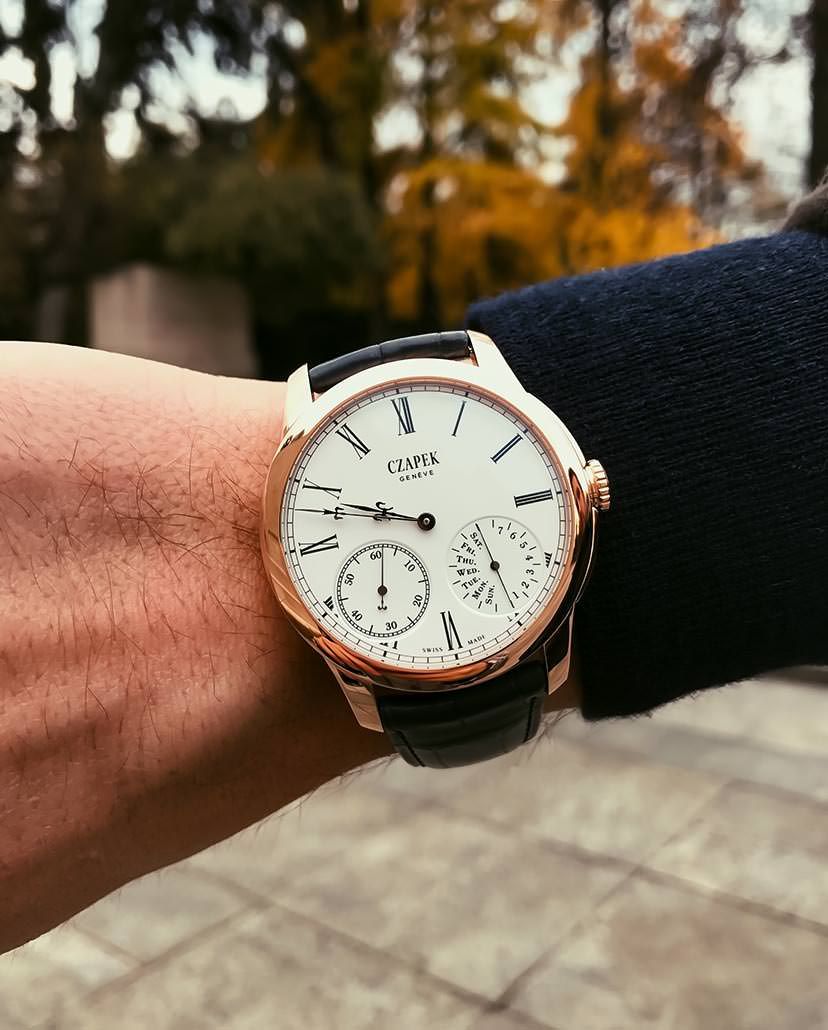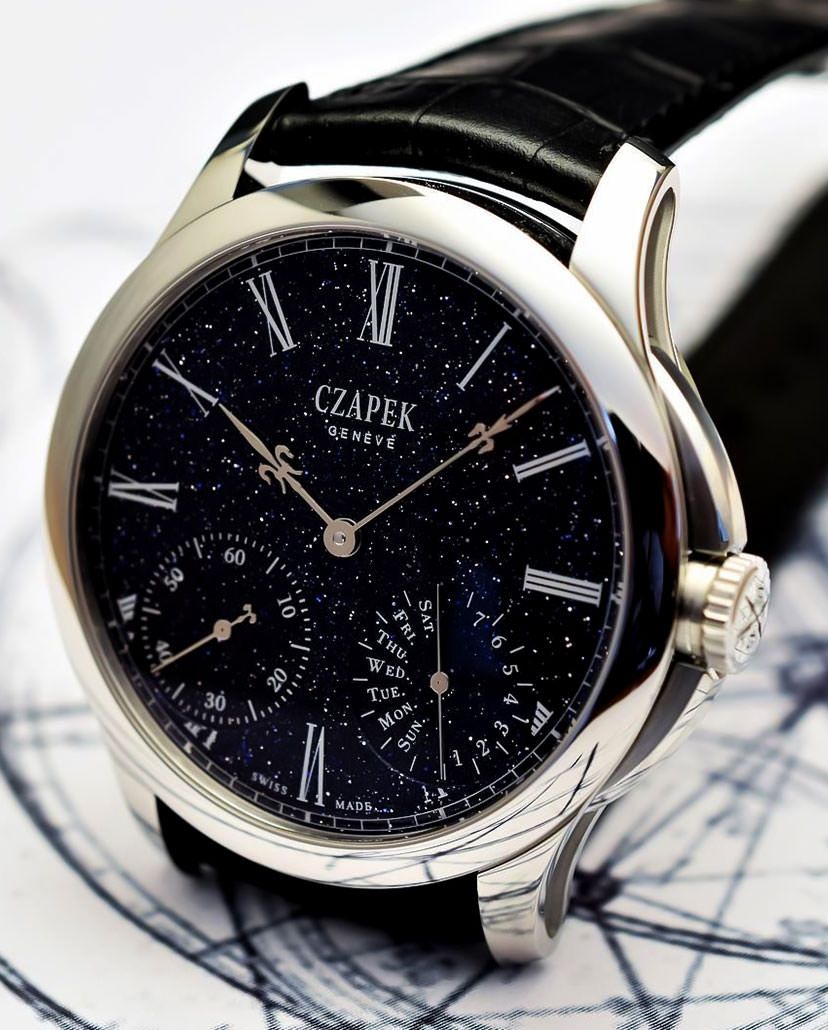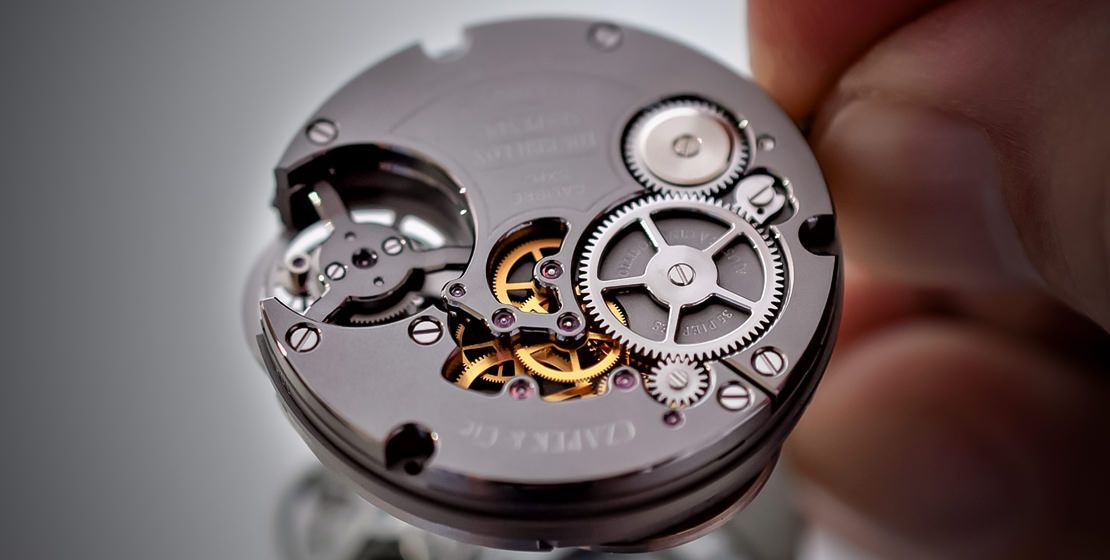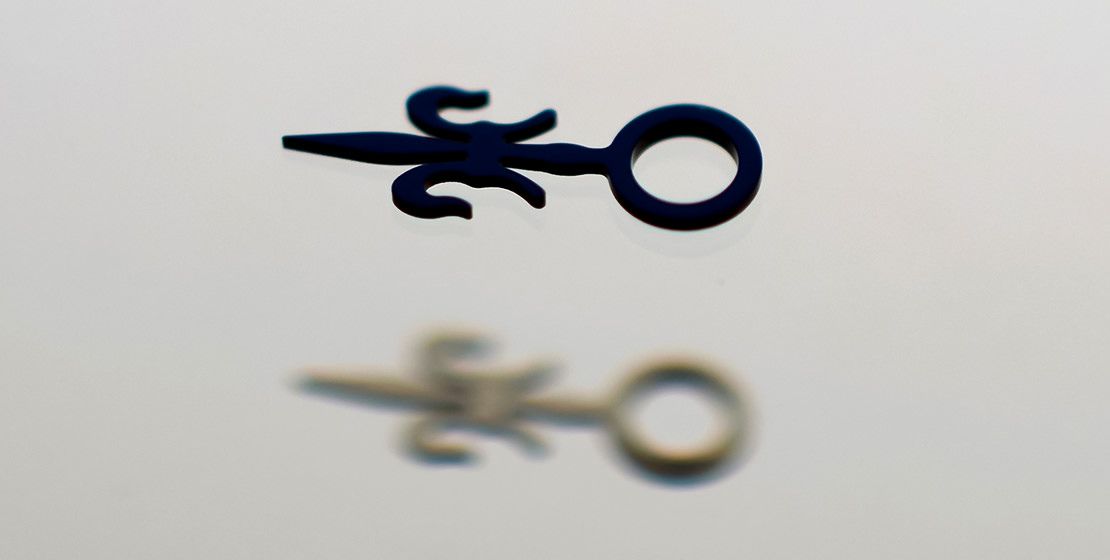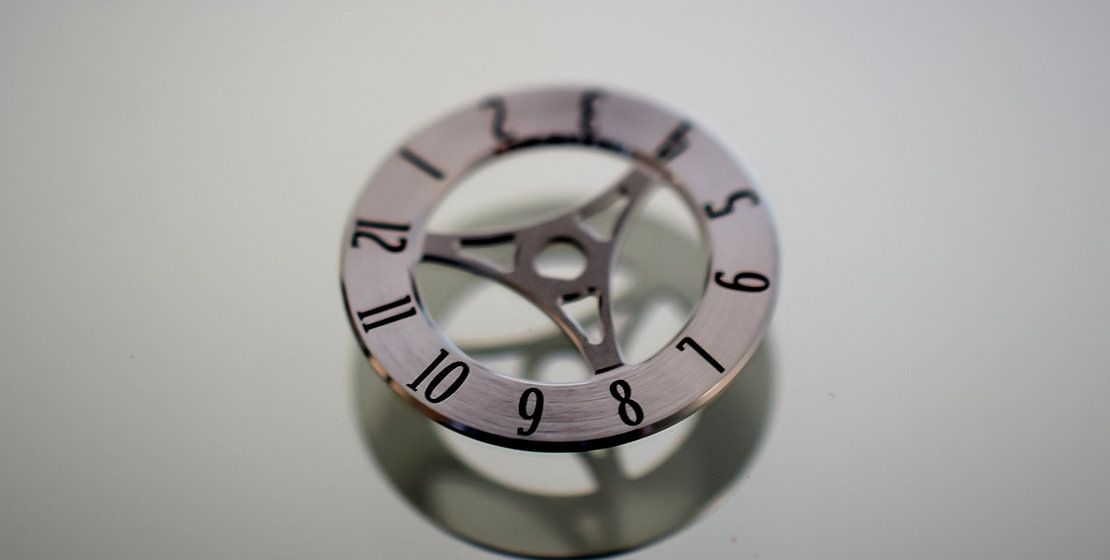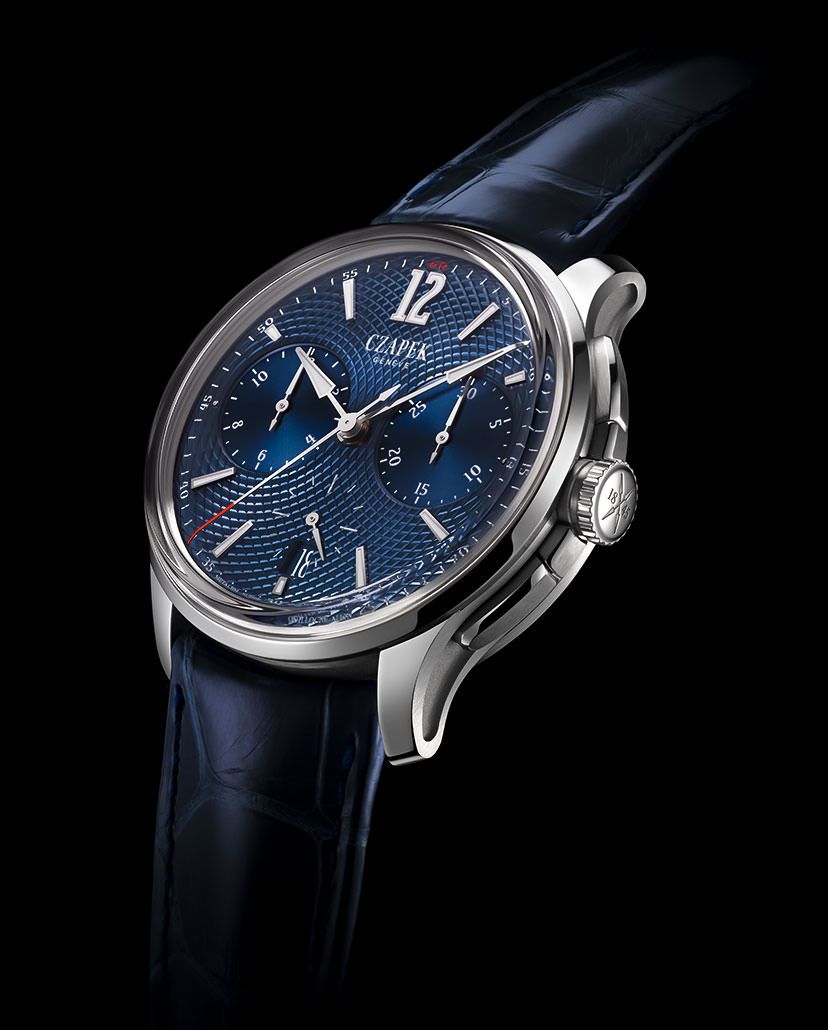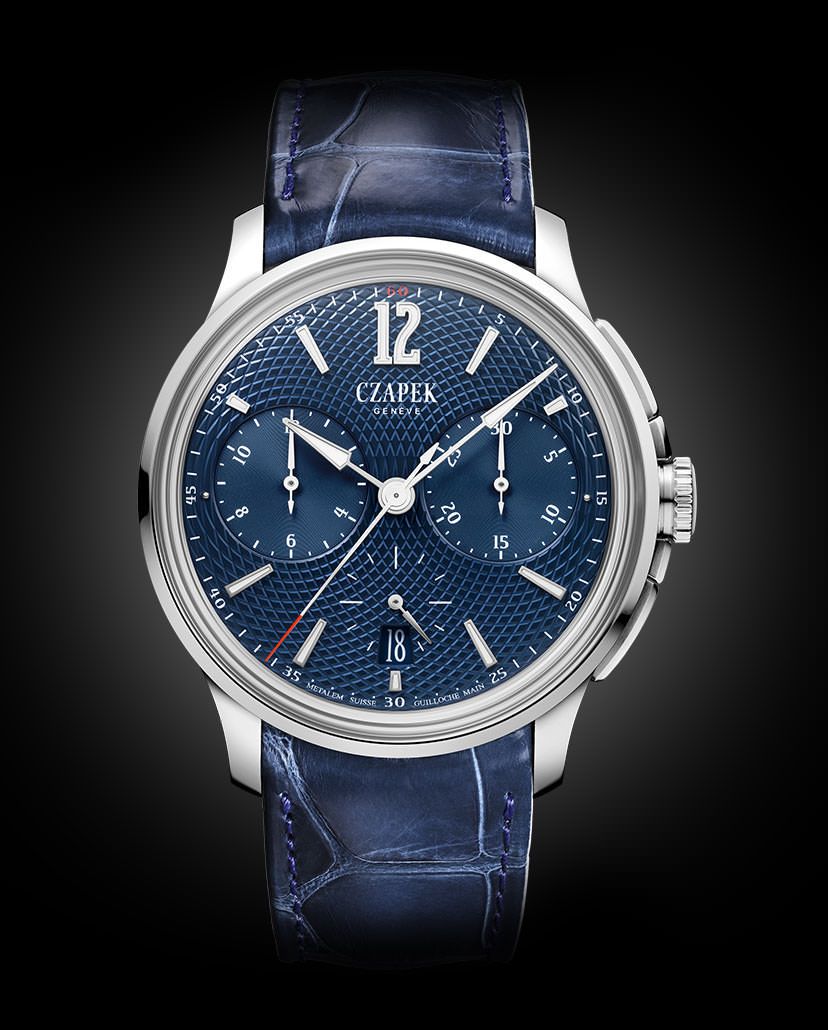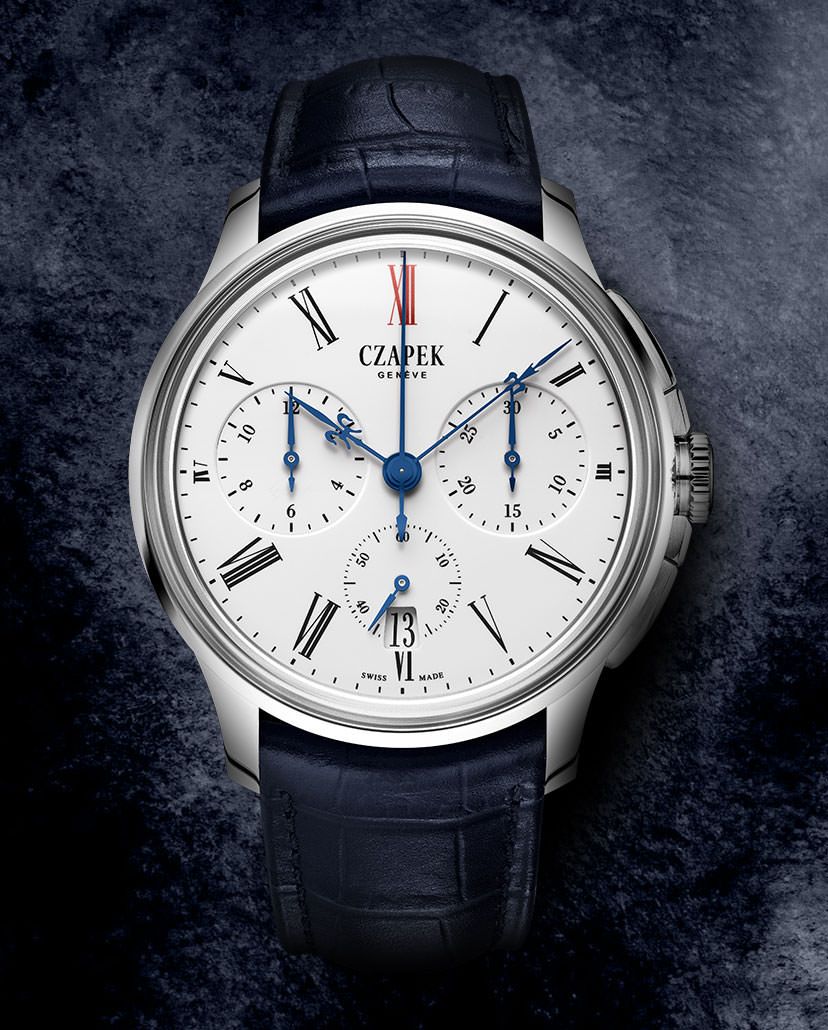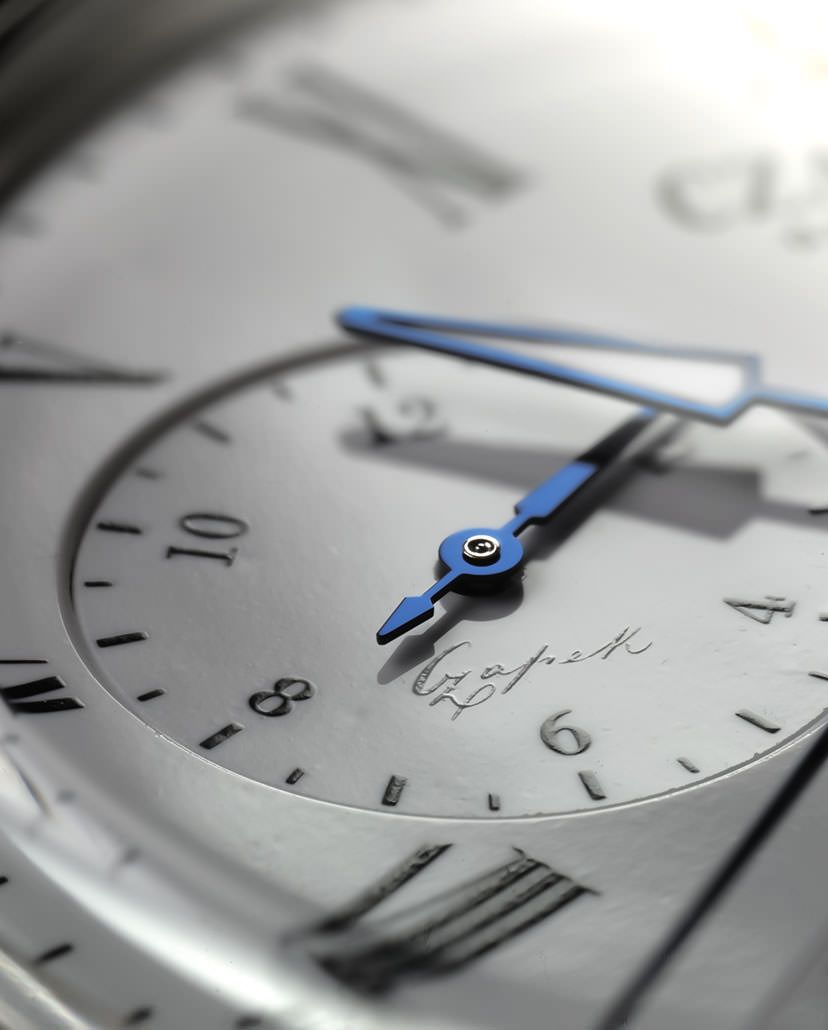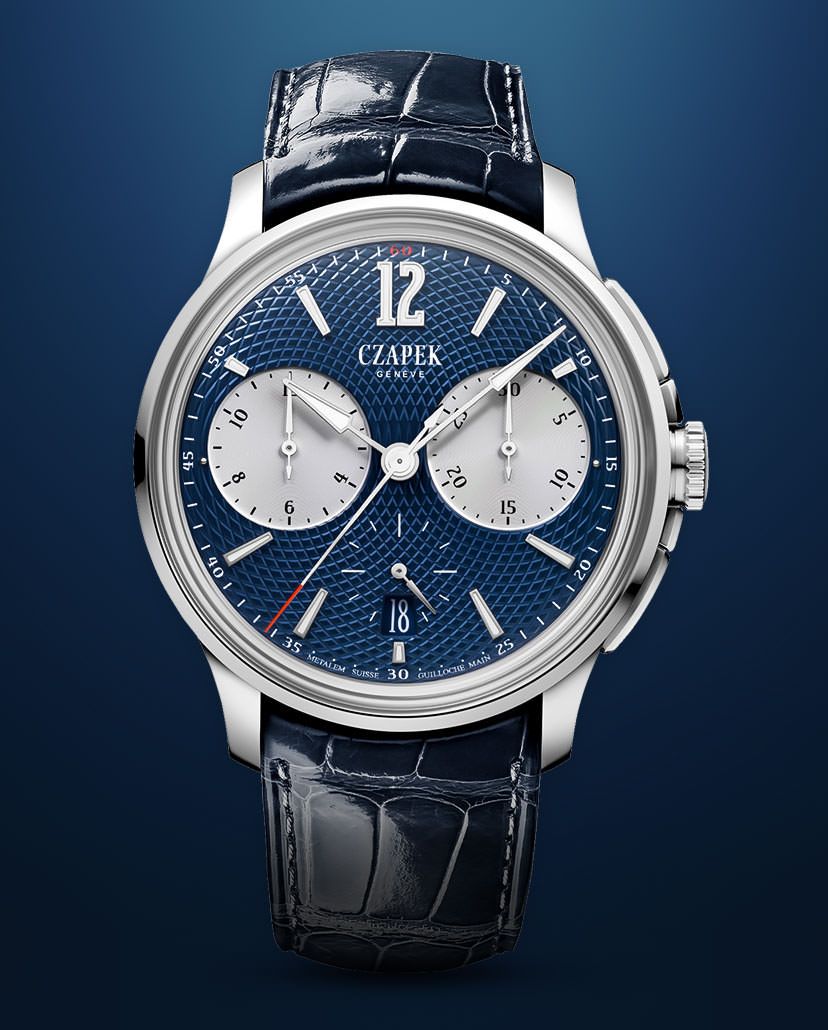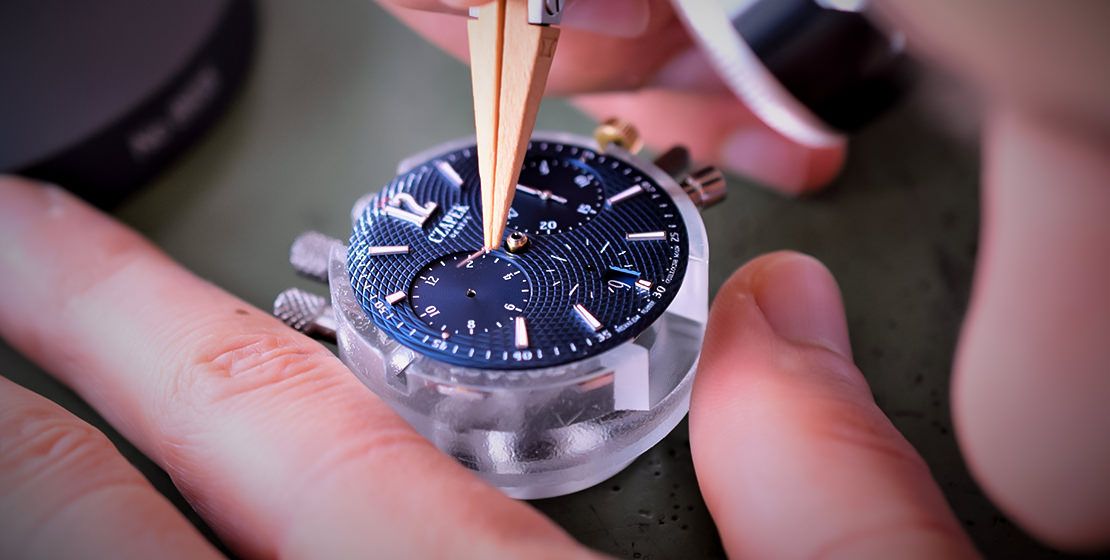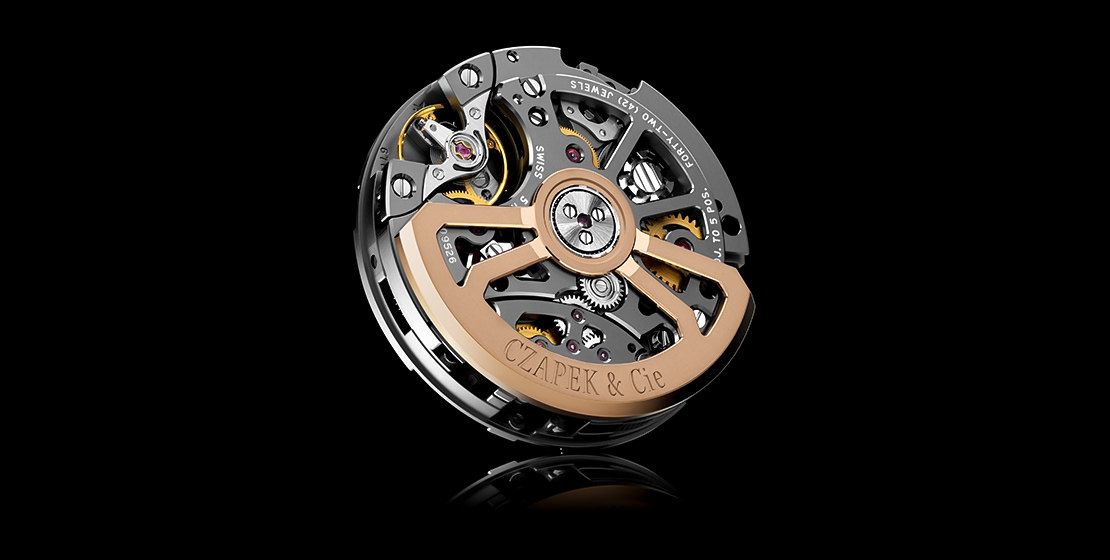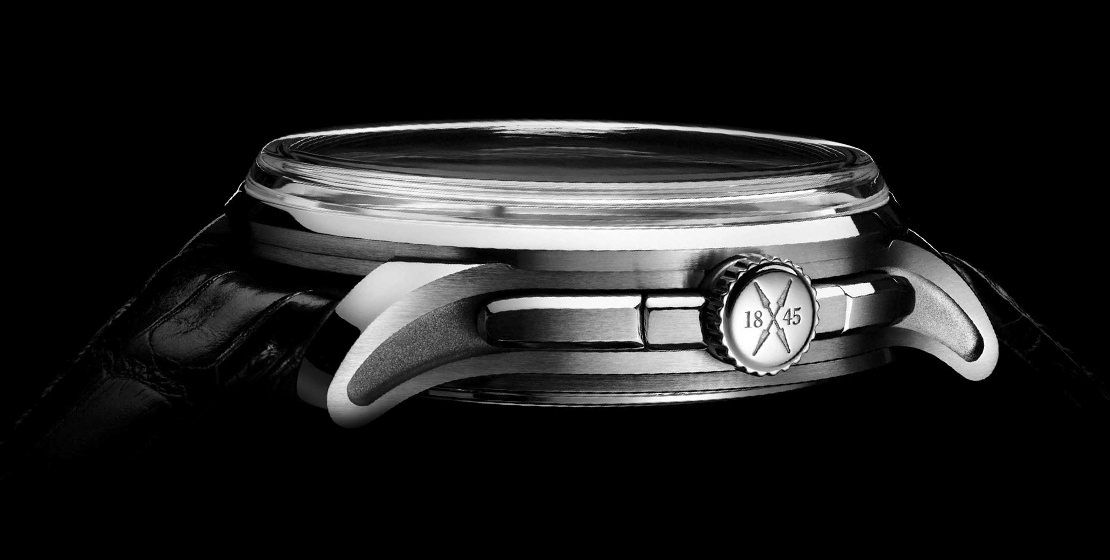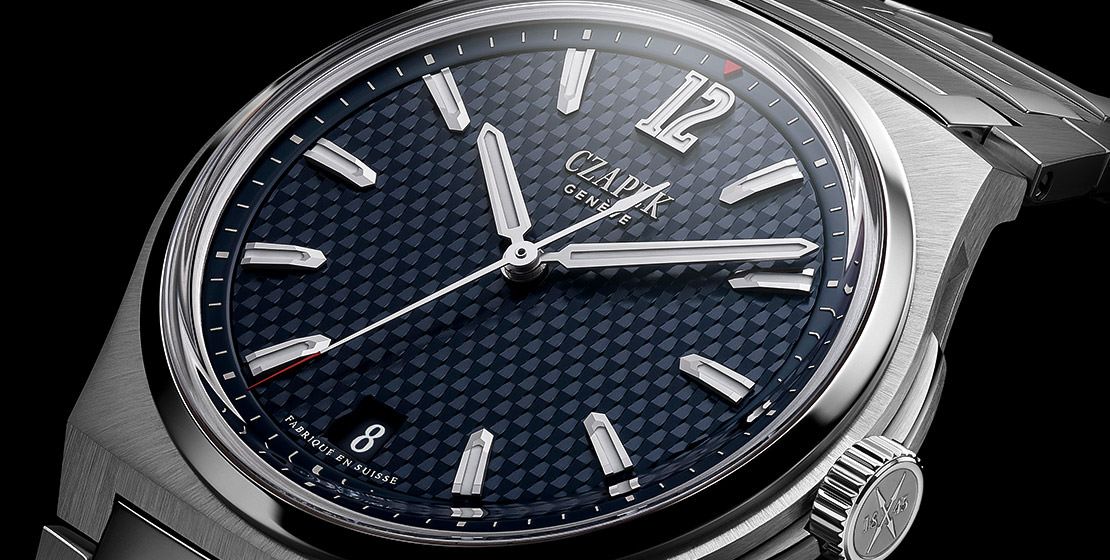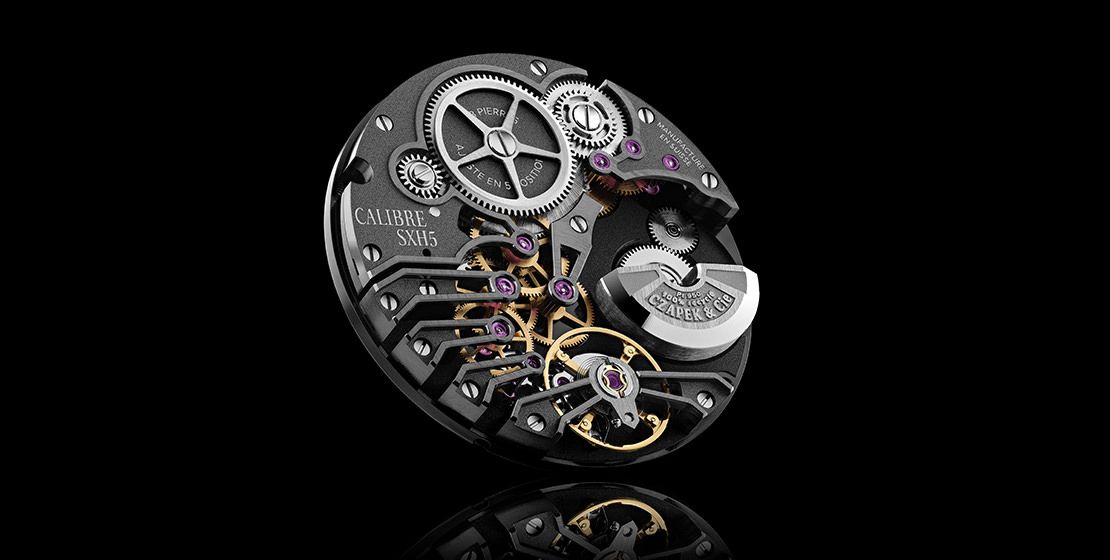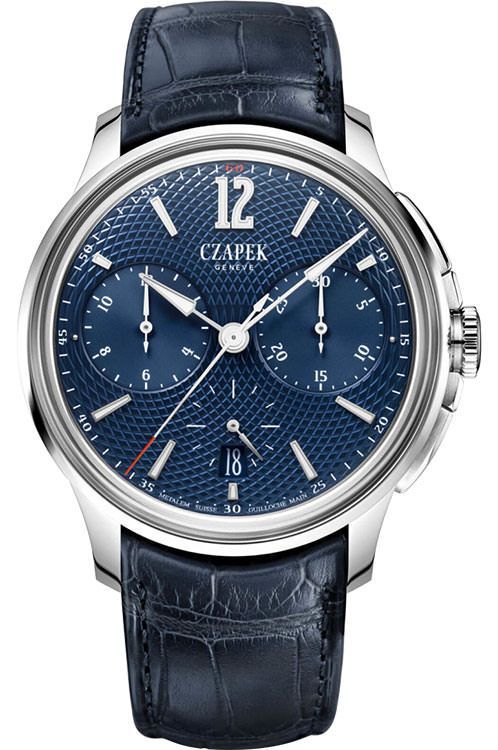FeatureAn Introduction To Modern-Day Czapek And Their Finest Watches
A revival of a brand by celebrated watchmaker François Czapek—who once partnered with a co-founder of Patek Philippe—the modern-day Czapek, founded in 2015, draws inspiration from the historical achievements of the olden-day Czapek & Cie, presenting modern watchmaking savoir faire, and exemplifying the essence of haute horlogerie. Here’s a closer look at Czapek and its key pillars
May We Recommend
In the world of fine watchmaking, a great deal of importance is assigned to legacy and the major achievements of the past that defined how mechanical timekeeping has been shaped and how it looks today. While there are centuries-old brands that command respect like very few—we’re talking about the likes of Vacheron Constantin, Breguet and Blancpain—there are also those that had admirable foundations in timekeeping innovation, but faded away over time. Among these brands are the names of pioneering watchmakers who helped pave the way for modern-day mechanical watchmaking, and their legacies have far from been forgotten. It’s thanks to people who recognised the value of what those pioneers brought to the watchmaking bench that those legendary names have been revived to live on through mechanical works that carry forward their legacies. A few of these are Arnold & Son (of John Arnold), Louis Moinet (of Louis Moinet), Graham (of George Graham), and the wonderful Czapek (of Franciszek Czapek).
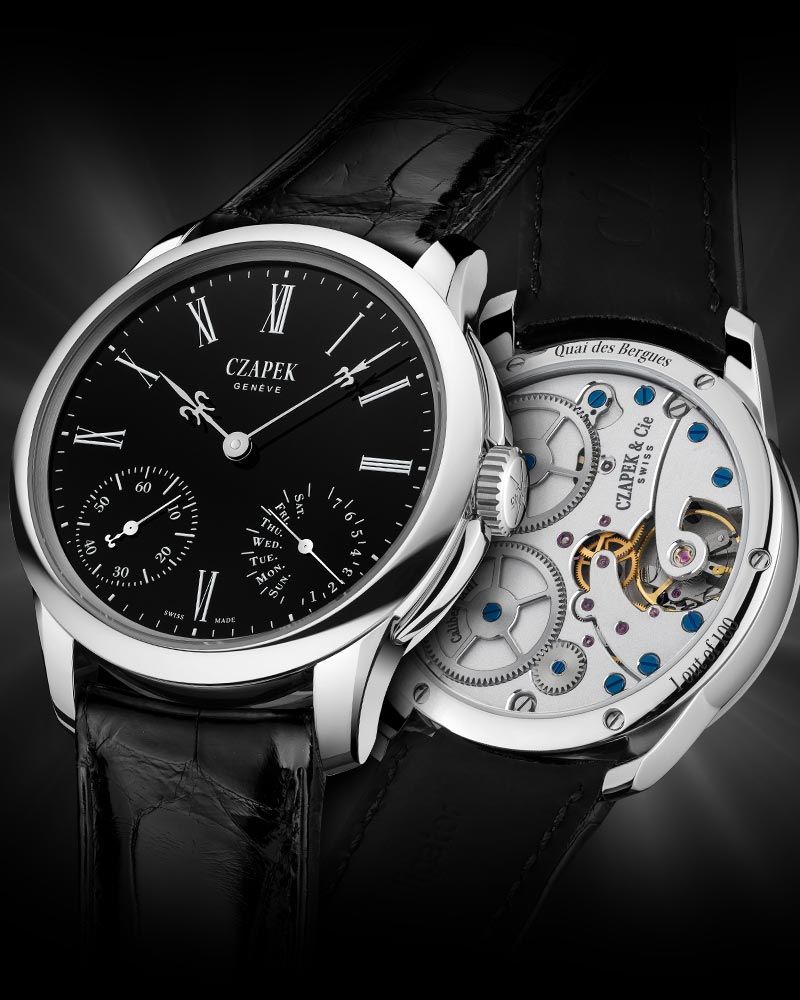
Czapek: The Man, The Myth, The Legend
The origin story of Czapek can actually be traced back to a number of partnerships that were short-lived, each leaving its mark. A Polish man of Czech origins, Franciszek Czapek (born 1811), a watchmaker, migrated to Switzerland in the 1800s, owing to political reasons. He changed his name to François Czapek, and soon established a firm called Czapek & Moreau, in 1834, with a local Swiss watchmaker. However, this enterprise was not meant to last. Eventually, Czapek came across another Polish immigrant by the name of Antoine Norbert de Patek, in 1836. The two men forged a new partnership and founded Patek, Czapek & Cie in 1839. While Patek stayed responsible for the business and administration, Czapek used his talents to create fine timepieces. It was a fruitful union, which saw the creation and selling of some extraordinary timepieces; however, the professional relationship ended after just six years, and they went their separate ways. Patek joined hands with one Adrien Philippe and created a little brand that you might have heard of—Patek Philippe. Czapek, on the other hand, partnered with one Juliusz Gruzewski, to establish Czapek & Cie, in 1845. This is the one that stuck, and even thrived for a long time. Czapek & Cie’s success extended beyond the Swiss borders and caught the attention of nobility. Even France’s Napoléon III became quite the loyal customer, and even gave François Czapek the title of Horloger de la Cour Impériale (Watchmaker to the Imperial Court). Czapek went on to expand the business further, even setting up shop in Warsaw, Poland, his home country. He also wrote the first ever book on watchmaking in Polish, and seemingly had plans for more, but passed away. There is reportedly no information on when he died, nor on the specifics of how and when the company went out of business, which it did.
Czapek: The Revival And The Crowdfunding Success
Taking a leap into this century, 2013 was the year when discoveries surrounding Czapek’s work began to create a stir. Three entrepreneurs in Switzerland received some intelligence from a few watch enthusiasts who believed what they had found could be the starting point for a Czapek revival. With the help of historians, who dug deeper and even helped track down Czapek’s historical timepieces that had been auctioned, they eventually felt confident that they had enough to create the new Czapek & Cie, which they did in 2015—170 years after François Czapek founded the first one by that name. However, getting things going didn’t take place without significant financial help. After initiating a fundraising campaign, the three entrepreneurs received an investment of over CHF 1.1 million (approximately INR 8.95 crore today), by February of 2016. There were 93 investors, from across 11 countries—many of whom are reportedly watch collectors and enthusiasts themselves. “Our aim was to be faithful to François Czapek and at the same time to listen to watch lovers,” says Xavier de Roquemaurel, Czapek’s CEO and one of the three founders of the modern Czapek & Cie. “Meetings with potential investors gave us an opportunity to converse with people we would have liked to meet and greet beyond this adventure. It was passion and curiosity that put them in our path so we could build the next chapter of Czapek history together.”
Quai des Bergues—A Direct Descendant Of The Original Czapek
Since 2016, the three founders of modern-day Czapek have dissected the archives they’ve compiled, and drawn from the work of François Czapek. They’ve taken inspiration not just from his mechanical excellence and his understanding of the science of chronometry, but also his aesthetic sense. One key historical timepiece, Czapek’s reference 3430 (circa 1850) stood out for them, particularly for its elegance, the sleek Roman numerals, the fleur-de-lis hands, and most notably, the sub-dials between four and five, and seven and eight. While this dial layout would inform more than one collection from the modern house of Czapek, its direct descendant is the Quai des Bergues collection, which has the same features as the 3430, and with the same layout. And since it’s so closely linked with the work of François Czapek, the collection was named after the street where he had his atelier—the Quai des Bergues in Geneva.
Czapek’s Quai des Bergues No.33bis—The GPHG Winner
As in the 3430, the sub-dials of the modern Quai des Bergues watches also display the running seconds between seven and eight o’clock, and the power reserve indicator between four and five. The seven-day power reserve is indicated by a two-headed hand, which points to the number of days on one end, and the seven days of the week, on the other. This display can also roughly serve as a day indicator, if you wind the watch fully on Sunday morning and see how that one complete wind-up can see you through the entire week till Saturday evening. The huge, seven-day power reserve has been possible owing to the proprietary double-barrel modern calibre SXH1, a manual-winding movement, decorated with sandblasting on the bridges, with hand-finished angles. This can be seen through the caseback of the 42.5mm case, in rose gold.
It’s the dial though that is quite a masterpiece. The very classical fleur-de-lis hands were very difficult to create. “The technique has been lost for decades,” says de Roquemaurel. “But one of our partners has mastered these solid gold hands using a special tool with a radius of just 0.1mm.” And these hands are presented on a pristine white dial with such depth and an ethereal quality—traits that only the likes of enamel can truly present. The grand feu enamelling of this dial is what lends it the intensity of white. ‘Grand feu’ literally translates to ‘big fire’ in French, and it refers to the high heat under which these dials are baked after the enamel powder is dusted or painted onto a copper base plate. The domed structure of this particular dial is what lends it such visual splendour. In fact, the Quai des Bergues was such a phenomenal interpretation of the historical piece, with mechanics and decoration living up to the standards of haute horlogerie, that it even won the ‘public prize’ at the 2016 GPHGs (Grand Prix d’Horlogerie de Genève). It was this early success and acclaim that validated the work of the three founders and helped the modern Czapek gain recognition as a true torchbearer of François Czapek’s legacy.
Czapek’s Quai des Bergues With Ricochet Guilloche
The Quai des Bergues has been realised with a number of different dials since the brand got off the ground in 2016, including one in black enamel, presenting the intensity and depth of the colour black, with the gloss of fine enamel. However, the most detailed dials created by Czapek have featured a special guilloche pattern that they call ‘ricochet guilloche’. Inspired by a design created by François Czapek in 1850, this pattern features an intersection of concentric circles and arcs that lend the dials unparalleled richness. The idea was to take the best of the traditional decoration of guilloche—which is basically the art of engraving patterns on metals and precious materials—and express it in a modern way. Though it is done using machines, the geometric precision needs to be guided by very skilled and talented hands and eyes, especially for this ricochet pattern, which is extremely fine and elaborate—all at the same time. The result is a pattern that is reminiscent of overlapping ripples on water, with geometric perfection, and this decoration has become a signature style of Czapek’s, used across various versions of dials.
The making of the guilloche ricochet dials:
The most resplendent ricochet guilloche though is the sapphire blue rendition of the pattern, which combines guilloche with enamelling of the flinqué variety. Enamel is applied directly onto the guilloche-engraved pattern with a quill pen or brush—a process that is generally repeated about four times—and then it is ‘baked’ at very high temperatures. The numerals and markers are then stamped onto the guilloche-enamelled dial. The enamelling of blue onto the dial, along with the ricochet pattern lends it not only depth, but a visual of an extremely wide spectrum of blue.
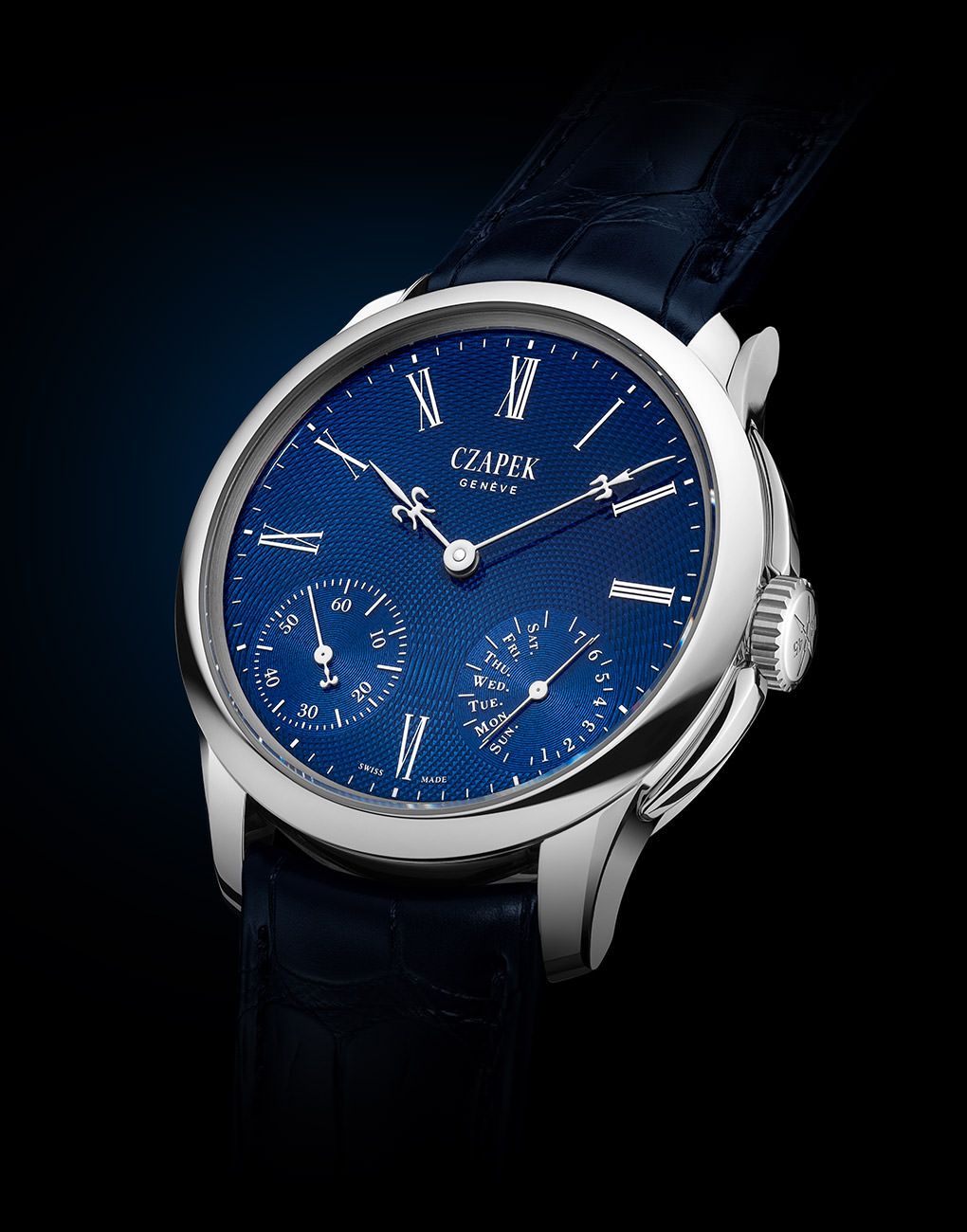
This art is quite unique—most certainly something you’d only see in the most refined haute hologerie pieces ever created—and with the ricochet pattern of Czapek, it doesn’t really get more exclusive than this. This sapphire blue model is sized at 38.5mm, and comes in steel, housing the same manual-winding calibre SXH1 that runs the GPHG-winning edition, offering a seven-day power reserve. The Quai des Bergues comes with other dials as well, including one in aventurine glass.
The three steps of the ‘sapphire blue’ dial—guilloche, enamelling and stamping:
The Place Vendôme—Elevating The Classic Czapek Dial Layout
Taking forward the outline of the layout seen in the 3430, as well as the Quai des Bergues are the watches from the Place Vendôme series. Given its visual links to the original Czapek, this series has been named after the famous Parisian square where François Czapek had opened a flagship boutique when his brand was expanding outside of Switzerland. Here, instead of the basic small seconds and power reserve sub-dials, seen between seven and eight, and four and five o’clock are the one-minute tourbillon (which also serves as the seconds indicator), and GMT display, respectively.

It is called the Place Vendôme Tourbillon Sespendu Isi Et Ailleurs, which loosely translates to ‘suspended tourbillon, here and elsewhere’. The ‘suspended’ part refers to the bridges that you see on these sub-dials, which ‘suspend’ the tourbillon and GMT features. The one on the left simply holds the tourbillon cage, which has a blackened screw that serves as the seconds pointer. Meanwhile, the bridge on the right-hand side, while suspended, is also literally a pointer for the 12-hour rotating GMT ring. Between these two is a day/night indicator, and off-centred towards 12 o’clock is the main two-hand timekeeping, with a subtle indicator for this manual-winding calibre SXH2’s 60-hour power reserve.
If all these functions aren’t baffling enough, the attention to detail in decorating all the elements seen on the dial should definitely leave anyone in awe. Oh, and the hour-marker ring on the main timekeeping dial is made from enamel—using grand feu as well as champlevé enamelling. The latter means that the enamel is painted and filled between the raised inner and outer edges of the metallic ring, till above the rims, to get a fine convex look. This is then subjected to grand-feu heat, and finally stamped with the markers once cooled. All this grandiosity is housed in a 43.5mm case in grade-5 titanium.
The Faubourg de Cracovie Chronographs By Czapek
Literally translating to ‘suburb of Krakow’, the Faubourg de Cracovie series is named after the location of François Czapek’s third boutique, in Warsaw, Poland. This series features a chronograph complication, because how can a watch manufacturer not have a chronograph! Launched third after the Quai des Bergues and the Place Vendôme, the movement that runs these watches is the automatic calibre SXH3. With an integrated column-wheel chronograph, this movement offers a significant power reserve of at least 65 hours when it’s fully wound. Of course, this looks like the most conventional of the lot, what with the regular 30-minute and 12-hour chronograph counters and small seconds with a date aperture, at three, nine and six o’clock respectively. However, it has been designed to highlight the chronograph sub-dials more, making the dial appear almost like a bi-compax, which is clearly inspired by the twin sub-dials of François Czapek’s 3430.
And of course, the dials of the Faubourg de Cracovie are fine creations like those you’ve seen in the Quai des Bergues watches. There’s a version of the ricochet guilloche pattern, in blue, and another variant with a pristine white enamel dial—a rarity in chronograph timepieces. These watches come housed in 41.5mm steel cases, water-resistant to 50m.
Antarctique—Czapek’s Archetypal Steel Sport Watch
The greatest departure from Czapek’s other fare, the Antarctique marks the brand’s exploration of new territories, in terms of watchmaking, and the name of the series has something to do with that. First launched as recently as last year, the Antarctique has reportedly already got quite the fan following, and these watches are said to be so coveted, perpetually in demand, and hence, not so easily available. It would make sense that an archetypal watch style, from the likes of Czapek, exemplifying their attention to detail would be sought by many. Set in 40.5mm steel, with an integrated bracelet, and a sapphire crystal ‘box’ glass, the watch has a chiselled look, and is very sleek. The three-hand timekeeping with the date at six o’clock runs on the automatic calibre SXH5, which offers a power reserve of at least 56 hours. Wound by a micro-rotor in 18-karat gold, the movement itself is a sight to behold, with such gorgeous bevelling and other finishing that you can see through the sapphire crystal caseback. The movement construction is something you don’t see every day; with almost parallel bridges that form a very appealing layout. This edition of the Antarctique is called the Passage de Drake, in deep blue, named after Sir Francis Drake, the English explorer after whom the Drake Passage is named. The Passage connects the Atlantic and Pacific oceans between Cape Horn, South America, and the South Shetland Islands of the Antarctic.
In the six short years since the new Czapek & Cie was founded, the Czapek brand has really taken off with tremendous respect for the legacy that it rests on. The three individuals who took the initiative to honour François Czapek—Harry Guhl, chairman of the board, Xavier de Roquemaurel, CEO, and Sebastien Follonier, watchmaker extraordinaire—continue to do justice to the name with extremely fine products. Reviving a well-known brand with an existing legacy to build on can be the easy part; but to actually live up to that legacy is indeed commendable. How the new Czapek will continue to do this is most certainly going to be a very interesting journey to follow.


